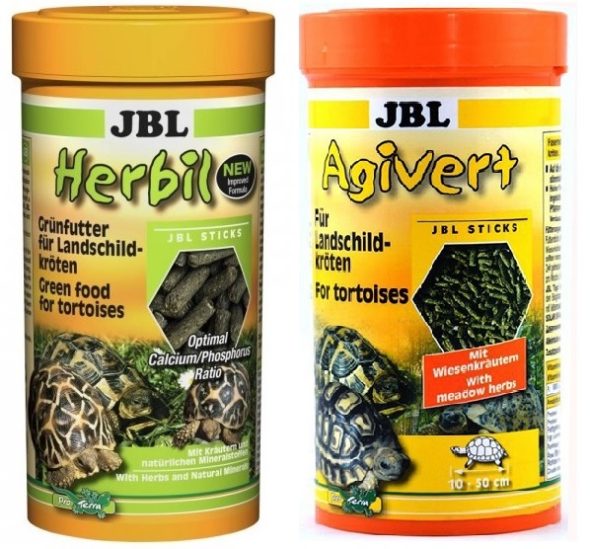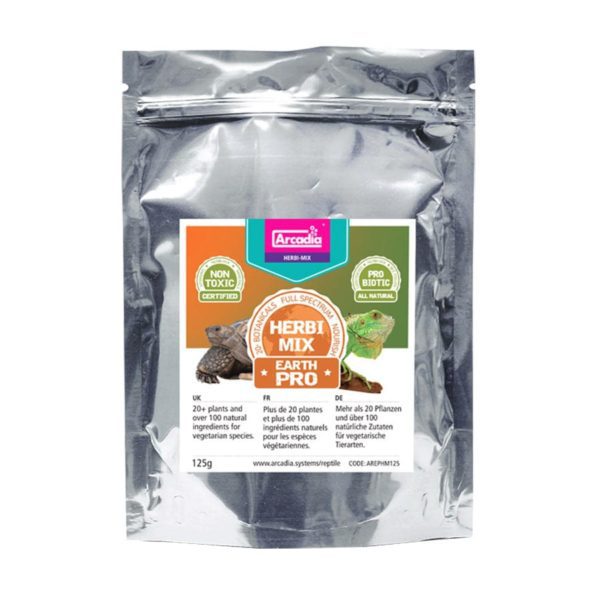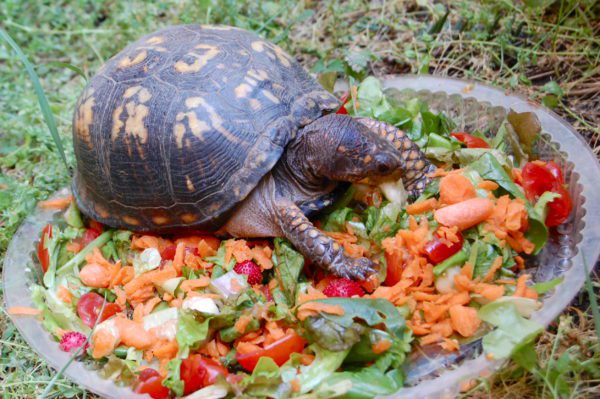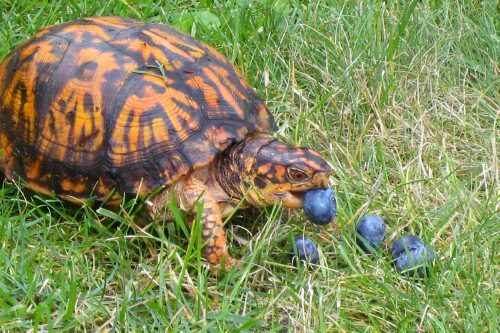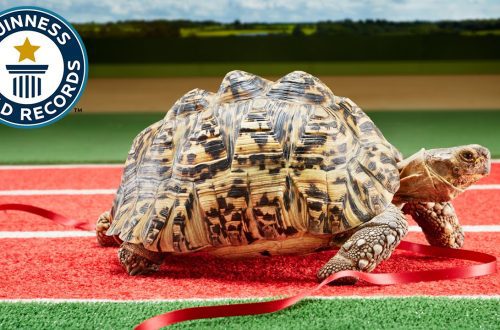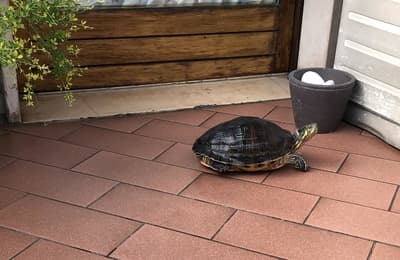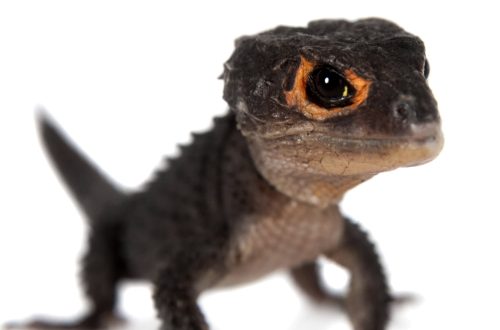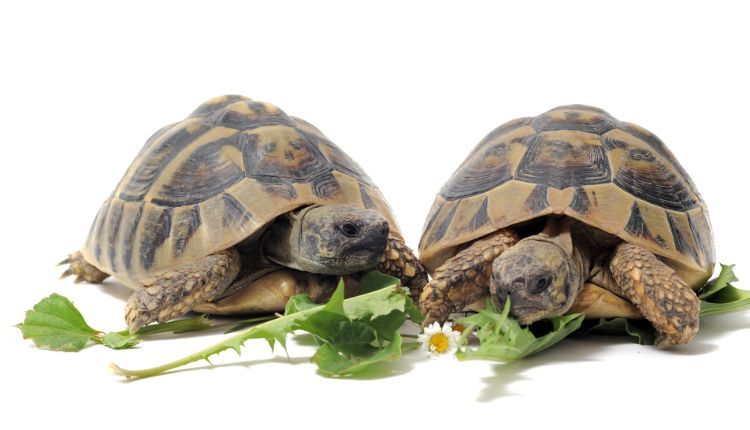
How to feed a land tortoise at home: diet and food selection for Central Asian and other land tortoises
The appearance of a pet is an exciting and responsible event, which implies the emergence of new responsibilities. One of them is strict control of nutrition, which determines the well-being of the animal.
Let’s figure out what land turtles eat and consider the list of allowed and prohibited foods.
Contents
Permitted products
The diet of a land turtle living at home is determined by its type:
1. Herbivores (panther, red-headed, Balkan, yellow-headed), feeding exclusively on food of plant origin. 2. Omnivorous (Central Asian, Egyptian, flat, Greek). The main feature of such reptiles is the ability to absorb not only vegetable, but also animal food.
IMPORTANT! Most land reptiles are herbivorous, but even in omnivorous species, the bulk of the diet is based on plant foods.
plant food
From plant food, land turtles can be given:
- Grass. Reptiles need at least 80% green plants in their diet. It can be fed with fresh lawn grass, herbs (dill, parsley), field herbs (clover, thistle, plantain) and indoor plants (aloe, succulents).
- Vegetables. Vegetable products should be 15% of the diet. Turtles love to eat pumpkin, zucchini, carrots, beets, cucumbers and various varieties of cabbage.
- Berries and fruits. The fruit and berry component accounts for the remaining 5%, so peaches, plums, bananas, apples, pears, raspberries and strawberries are given as treats. IMPORTANT! Soft fruits (banana) and small berries can be given whole, while harder and larger fruits should be cut into pieces.
- mushrooms. On one of the days of the week, the food of a land tortoise can be varied with edible mushrooms (boletus, russula, champignons).
- Meals. Obtained from the seeds of oil crops in the preparation of oil. Feeding meals helps tortoises get their protein intake.
- Bran. Another healthy protein supplement extracted from ground grains.
In late spring, summer and early autumn, you can pick greens for your pet right on the street (dandelions, timothy grass) or in the garden (pea and bean leaves). Avoid areas near the road containing heavy metals and chemicals.
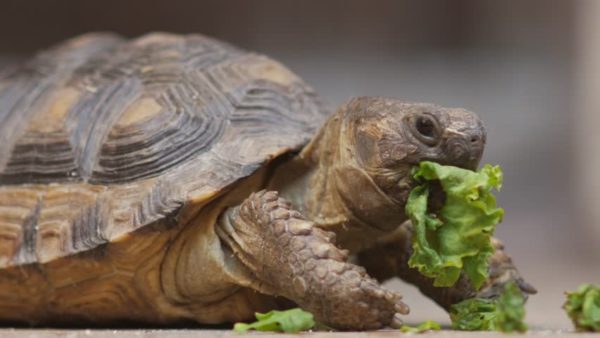
In winter, a pet can be fed with dried greens frozen from vegetables left over from the summer season.
IMPORTANT! Exotic sweet fruits should only be offered to tropical species.
The whole complex of nutrients and vitamins for a domestic land turtle should be obtained from plant food:
- proteins – mushrooms, meals, bran;
- vitamin A – carrots, turnip tops, legume greens;
- calcium – green onions, nettles, Beijing cabbage;
- fiber – soft hay, bran, pear.
IMPORTANT! The rest of the important vitamins the turtle synthesizes on its own with the help of the kidneys (vitamin C) and the large intestine (vitamin K, nicotinic acid, B12).
Animal feed
In herbivorous turtles, when eating meat, diseases associated with the skeletal system can occur. According to studies conducted on land reptiles, feeding animal food leads to a gradual curvature of the shell. This phenomenon is explained by the resulting imbalance in the breakdown and formation of the horny substance.
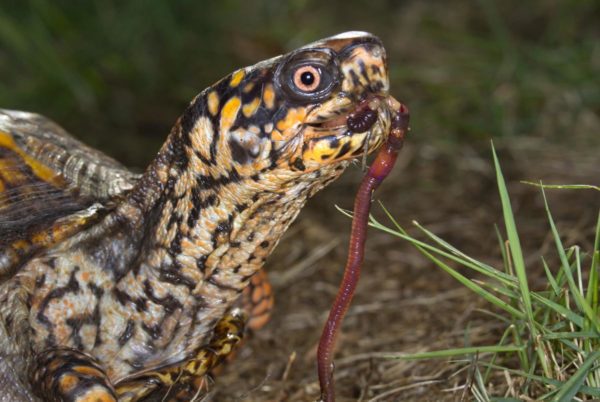
Meat can only be fed to Central Asian and other omnivorous turtles. Despite the presence of enzymes that break down animal food, even Central Asian turtles need to be fed such food no more than a couple of times a month.
IMPORTANT! If the land tortoise is not seen in the wild catching fish or eating chicken, then do not force it to eat these foods at home. Omnivores can be fed with insects (earthworms, fodder cockroaches), but only after the permission of the herpetologist.
Artificial (industrial) food
At home, the land tortoise willingly eats dry food. It is forbidden to build an entire food system on them, since it is more useful to obtain all the necessary elements from natural food. If your pet loves food, offer it as a treat. Once a week is enough.
Turtle food should not contain animal products, so be sure to check the ingredients before purchasing. Among manufacturers, give preference to large and reliable brands:
- JBL. From the American brand, choose JBL Agivert and JBL Herbil, consisting of cereals, herbs and vegetables.

- Arcadia. Dry food from an English manufacturer (“Arcadia Herbi Mix”) has a high-quality composition that stimulates the reptile’s immune system.

- Sera. German food sins with the presence of fish, but in “Sera Reptil Professional Herbivor” it is not.
IMPORTANT! If there is no opportunity to purchase one of the above feeds, then buy Zoomir Tortila Fito, produced by a Russian company. Please note that other varieties of this brand contain fish and seafood.
Prohibited products
Land tortoises should not be fed the following foods.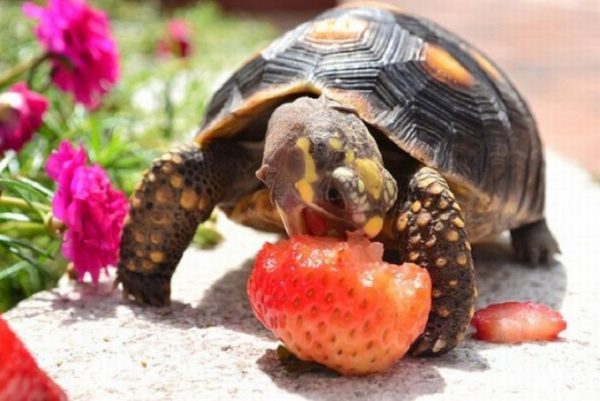
- Vegetable feed
- Vegetables. The ban includes garlic, potatoes, radishes, spinach, onions and corn. It is also forbidden to feed the turtle in the same way, using only one type of product.
- Berries and fruits. Before feeding, remove the zest from citrus fruits and remember to remove the stones and seeds so that the reptile does not choke and get cyanide poisoning. It is also not recommended to give dates.
- Ranunculus and nightshade plants containing substances toxic to turtles, as well as medicinal plants that contain a group of alkaloids (lilies, mistletoe, elodea).
- Sprouted grains of wheat. A large amount of phosphorus can adversely affect the development of the turtle.
- animal feed
- Meat, fish and seafood. Herbivorous pets should not be given any protein products of animal origin. Their digestive tract is not adapted for such food, therefore, with prolonged feeding, the kidneys may fail in the reptile.
- Insects. Omnivorous turtles can eat animal protein, but feeding domestic cockroaches and poisonous insects is not permissible.
- Chicken eggs. A large amount of acids contained leads to flatulence, squeezing the heart and lungs. The absence of a diaphragm makes it difficult to regulate pressure, so the kidneys are hit extra hard.
- Ready feedintended for mammals or aquarium fish.
- Cereals. The exception is oatmeal without heat treatment. Turtles can eat it once a month after soaking in vegetable juice or plain water.
- Dairy produce. Enzymes involved in the digestion of cheese, cottage cheese and other dairy products are absent in reptiles.
- Food, familiar to humans. Bakery and confectionery products, canned, smoked, stewed and fried dishes containing spices, are not natural and dangerous for land turtles.
- Vegetable feed
Feeding rules
When keeping a reptile at home, follow these rules:
- Avoid evening feeding. At this time, the turtle is preparing for sleep, so its activity is at zero. Active digestion occurs in the morning and afternoon, so choose a convenient time and feed your pet once a day.
- Do not leave leftover food in the terrarium. Trampled turtle food is considered inedible, so remove half-eaten food half an hour after the start of feeding.
IMPORTANT! Refusal of the proposed dish is a common problem with the abuse of treats and excessive amounts of food. Don’t be afraid to cut back on portions or have a fasting day.
- Calculate the size of a single serving, based on the size of the reptile. The daily rate should fit half the length of the turtle’s shell, and 1 piece of food – half its head.
- Do not use heat treatment. All food must be raw and at room temperature.
- Avoid monopower. The required nutrients will only be obtained by combining all permitted foods.
- Use the turtle’s ability to recognize colors. Bright colors cause appetite not only in people. The dish will be eaten faster if you add yellow, orange or red notes to it.

- Do not hand feed your pet. Land turtles should eat from the feeder in the terrarium.
- Use powdered calcium for shell strength. Additional vitamins can be obtained from alfalfa flour. IMPORTANT! Please consult with your veterinarian before purchasing over-the-counter vitamins. Most human drugs are toxic to reptiles.
- Observe seasonality. Some pets can smell the change in growing seasons, preferring only seasonal products.

- Do not leave the drinker inside the terrarium. The turtles will quickly turn it over and make a mess. Don’t worry about their dehydration. Most of the liquid reptiles get from food.
IMPORTANT! An additional source of water can be 10-minute baths, carried out no more than 1 time per week. Make sure the turtle’s nostrils are above the water level.
Features of feeding turtles and adults
Small turtles that are under 7 cm long should eat every day, and adults are satiated by feeding 2 or 3 times a week.
When feeding with meals and bran, consider the size of the pet:
- less than 5 cm – 0,2 g;
- 5-10 cm – 0,4 g;
- more than 10 cm – 1g.
IMPORTANT! The smallest turtle should receive 0,2 g of bran and the same amount of meal. Protein supplements are given every other day.
A weekly menu might look like this:
| Day of the week | Type of feed | |
| Juveniles (< 7 cm) | Adults (> 7 cm) | |
| Monday Wednesday | store-bought salads (romano, lettuce, iceberg), fresh, dried or frozen herbs (plantain, clover, dandelion) | |
| Tuesday Thursday | store-bought salads (romano, lettuce, iceberg), fresh, dried or frozen herbs (plantain, clover, dandelion) | Fasting day |
| Friday | vegetables with tops (cucumbers, pumpkin, carrots, zucchini, dill), fruits (bananas, peaches, apples) and berries (strawberries, blueberries, wild strawberries) | Fasting day |
| Saturday | vegetables with tops (cucumbers, pumpkin, carrots, zucchini, dill), fruits (bananas, peaches, apples) and berries (strawberries, blueberries, wild strawberries) | |
Sunday | Fasting day | |
IMPORTANT! In addition to the main food, the diet should contain vitamins prescribed by a veterinarian and powdered calcium.
Please note that the amount of food on days without greens is determined by the time of year:
- summer: 80% vegetables, 15% fruits and 5% berries;
- winter: 90% vegetables and 10% fruits (can be replaced with edible houseplants: petunia, hibiscus, calendula).
Table of allowed and prohibited products
The list of allowed and prohibited products can be found in more detail using the table as an example.
| Product | One can | Can be done in small quantities | Must not |
| Grains and cereals | Hercules | All remaining types of cereals, sprouted grains of wheat | |
| Vegetables | Bell pepper | Mustard | Potato |
| Courgettes | Turneps | Garlic | |
| Eggplant | Tomatoes | Radish | |
| Artichoke | cucumbers | Spinach | |
| Carrot | Rhubarb | Corn | |
| Beetroot | Asparagus | pulse | |
| Pumpkin | Celery | Thyme | |
| Cabbage | Basil | ||
| Lettuce | Radish | ||
| Sorrel | Onion | ||
| Horseradish | |||
| Fruits and berries | plums | Mango | Cedra |
| Apricots | Papaya (tropical species only) | Pineapples | |
| Nectarines | Citrus | dates | |
| Melon | pears | ||
| strawberry | bananas | ||
| Strawberries | Cherry | ||
| Apples | Watermelon | ||
| Raspberry | |||
| Blueberries | |||
| Blueberry | |||
| peaches | |||
| Blackberry | |||
| Grass and houseplants | Salad | Sorrel | Elodea |
| Succulents | Sea kale | potato leaves | |
| Dandelions | Ambulia | ||
| Parsley | Lilies | ||
| Dill | Oleander | ||
| Leaves and stems of legumes | Dieffenbachia | ||
| Tradescantia | Lagenandra | ||
| Clover | Mistletoe | ||
| Lawn grass | Jasmin | ||
| Timofeevka | Azalea | ||
| Aloe | Hydrangea | ||
| Thistle | Digitalis | ||
| Sneep | Euphorbia | ||
| Mother and stepmother | Narcissus | ||
| alfalfa (Medicago sativa) | Delphinium | ||
| beet greens | Lobelia | ||
| Watercress | Lupine | ||
| Plantain | Cyclamen | ||
| Chard | Crocus | ||
| Green onions | Rhododendron | ||
| Hibiscus | Milkweed | ||
| Leek | |||
| salad chicory | |||
| Petunia | |||
| Playboy | |||
| Nettle | |||
| Calendula | |||
| Oxygen | |||
| Malva Forest | |||
| The succession | |||
| Coleus | |||
| mushrooms | Boletus | ||
| Russule | |||
| Champignon | |||
| Seeds and nuts | Raw pumpkin seeds | Fruit and berry bones | |
| Any nuts | |||
| Meat and offal | Any kind of meat and offal | ||
| Chicken eggs | |||
| Dairy produce | Any dairy product | ||
| Fish | Any kind of fish and seafood | ||
| Insects | Earthworms | Domestic and Madagascar cockroaches | |
| Feeding cockroaches or other insects recommended by a veterinarian (only for omnivores) | Maggots | ||
| Other | Bread | ||
| Sausages and sausages | |||
| Mammal food | |||
| Confection | |||
| Smoked meat | |||
| Canned food | |||
| Fried and stewed dishes seasoned with spices |
Conclusion
Understanding how to feed a land tortoise at home can improve the quality and duration of its life. Try to feed your pet properly, keep a balance and eliminate forbidden foods. Remember that if you have any doubts, you should seek the help of a veterinarian.
What do land turtles eat, how can they be fed at home and what not
3.8 (75%) 4 votes



